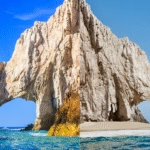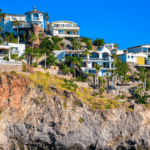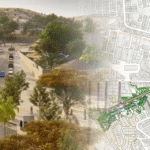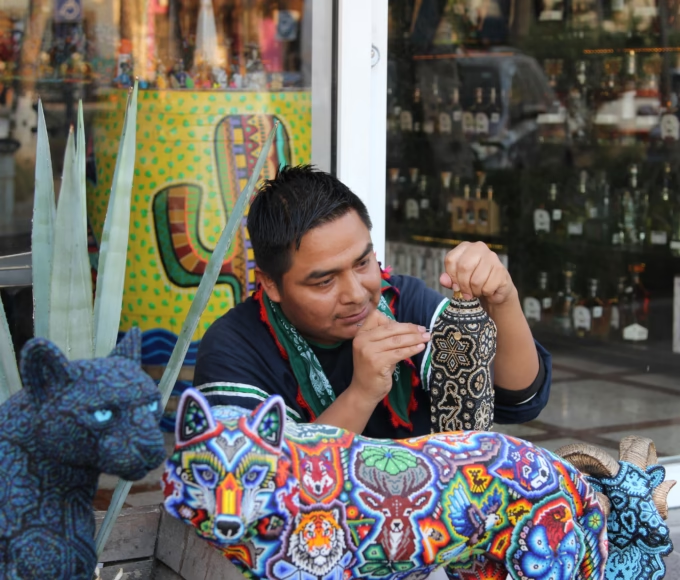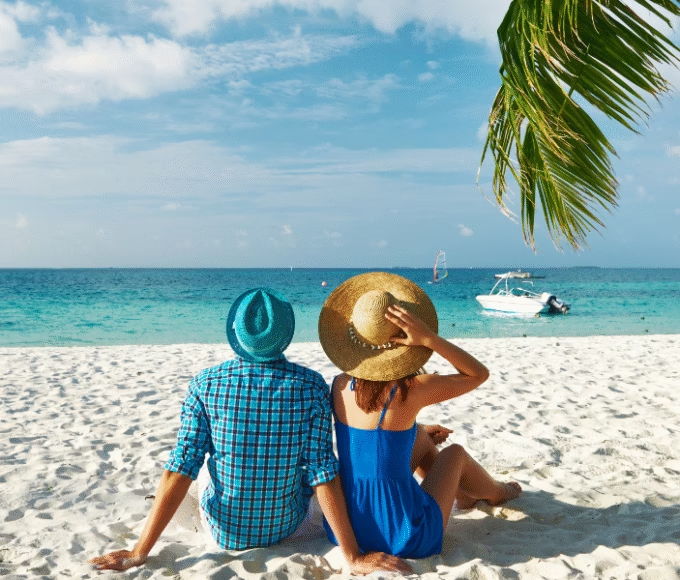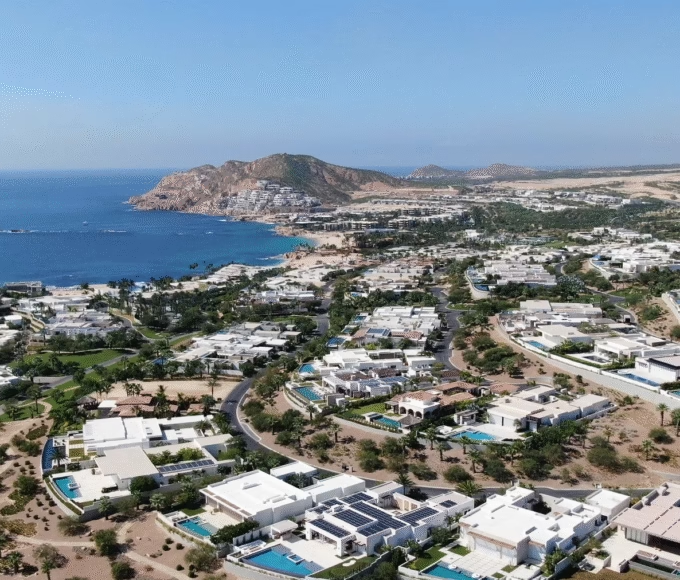TOP INSIGHTS
© The Cabo Magazine. All Rights Reserved. | Website Developed & Marketed by MADEUMEDIA
document.getElementById("year").textContent = new Date().getFullYear();The Giants of the Ocean in Cabo San Lucas: How We Can Experience Them Responsibly
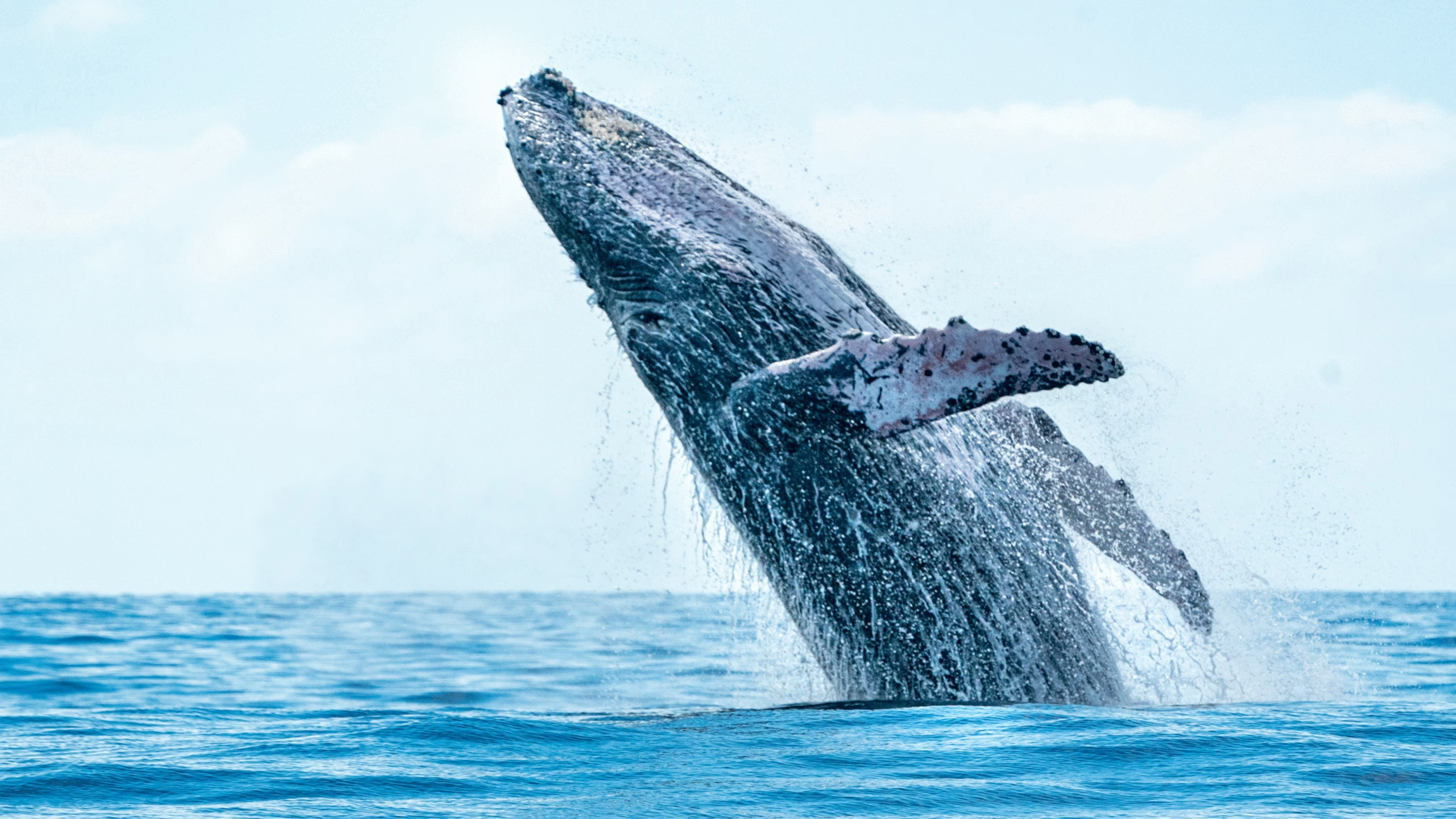
The Giants of the Ocean in Cabo San Lucas: How We Can Experience Them Responsibly
Cabo San Lucas has become one of the most popular destinations in recent years, thanks in part to its breathtaking natural attractions. Among them, few are as awe-inspiring as the annual whale migration. From December to April, the warm waters of the Baja California Peninsula welcome humpback whales, gray whales, and occasionally the majestic blue whales — the largest animals on Earth.
Whale Species in Cabo
Humpback Whales
- Behavior: Famous for their acrobatics, breaching, and fin slapping.
- When to See Them: Males put on dramatic displays to attract females during mating season.
- A Family Show: Mothers can often be seen teaching their calves essential swimming and diving skills.
Gray Whales
- Migration: Known for one of the longest migrations on the planet, traveling thousands of kilometers from the Arctic.
- Curiosity: Gray whales are famously curious and often approach boats, offering close-up encounters.
- Where to Spot Them: Commonly seen in northern breeding lagoons like Bahía Magdalena, though many also pass through the Sea of Cortez.
Blue Whales
- The Biggest of Them All: The blue whale holds the record as the largest animal ever to exist.
- Size: They can reach up to 30 meters in length and weigh as much as 200 tons.
- Season: They also migrate to the area seeking safe breeding and calving grounds.
What Do Whales Eat?
Despite their enormous size, most whales feed on some of the smallest creatures in the ocean.
- Humpback and Blue Whales: Rely on krill, plankton, and small schools of fish, filtering them through baleen plates.
- Gray Whales: Known as bottom feeders, they scoop up sediment from the ocean floor and filter out amphipods and other tiny crustaceans.
This diet provides the energy necessary for their long migrations and breeding seasons.
Why Do Whales Choose Cabo San Lucas to Breed?
The warm, calm, and nutrient-rich waters of Baja California Sur provide the perfect conditions for whales to give birth and raise their calves. Unlike colder feeding grounds in the north, Cabo offers:
- Protection from predators.
- Shallow and tranquil waters ideal for young calves learning to swim.
- A safe environment for mothers during the vulnerable calving period.
Lifespan of Whales
Whales are among the longest-living creatures on Earth:
- Humpback Whales: Typically live between 45–50 years.
- Gray Whales: Around 50–60 years.
- Blue Whales: Can live up to 80–90 years, with some individuals surpassing a century.
Fun Facts & Curious Details
- Whale Songs: Humpback whales are famous for their songs, which can last up to 20 minutes and travel for miles underwater.
- Migration Distances: Gray whales travel over 10,000 miles round trip from the Arctic to Baja — one of the longest migrations of any mammal.
- Blue Whale Heart: The heart of a blue whale is the size of a small car and can weigh around 180 kg (400 lbs).
- Breaching Behavior: Scientists believe whales breach (jump out of the water) not only as a display but also to communicate and even to remove parasites.
When & Where to Experience Whale Watching
The prime season runs from December to April, with tours departing from Cabo San Lucas into the Pacific Ocean and the Sea of Cortez. These excursions provide unforgettable opportunities to witness the giants of the sea up close while enjoying the dramatic landscapes of Baja.
Coexisting with the Giants
Whale watching in Cabo is more than tourism — it’s about respecting these incredible creatures. Licensed operators follow strict regulations to ensure the safety of both whales and visitors. By choosing sustainable tours, visitors can enjoy the spectacle without disrupting the whales’ natural behavior.
Have you experienced whale watching in Cabo San Lucas? Share your stories and photos with us at hello@thecabomag.com and be part of our community highlights!

THE CABO MAGAZINE
The Cabo Magazine, based in Cabo San Lucas, is a trusted media platform showcasing Baja California Sur's vibrant culture. Through engaging print, digital, and interactive content, it covers food, travel, luxury lifestyles, real estate, and local events, connecting readers to the best of Cabo.
Trending Now
Business Spotlight

Related Articles
CRIT Los Cabos: Rehabilitation and Therapy Center for Children With Disabilities, Autism, and Mobility Challenges
The new CRIT Los Cabos is officially open, bringing world-class rehabilitation services...
ByTiffanyDecember 8, 2025Mexican Artisans and the Living Culture of Handcrafted Design
Mexican handicrafts have been part of our culture since ancient times. They...
ByTiffanyNovember 28, 2025Major Investment Set to Revitalize Downtown Cabo San Lucas
A New Dawn for the Heart of Cabo San Lucas The downtown...
ByTiffanyNovember 20, 2025Ánima Village: Cabo San Lucas’ Next-Level Luxury Destination
A New Era of Luxury Shopping and Lifestyle In the heart of...
ByTiffanyNovember 15, 2025





